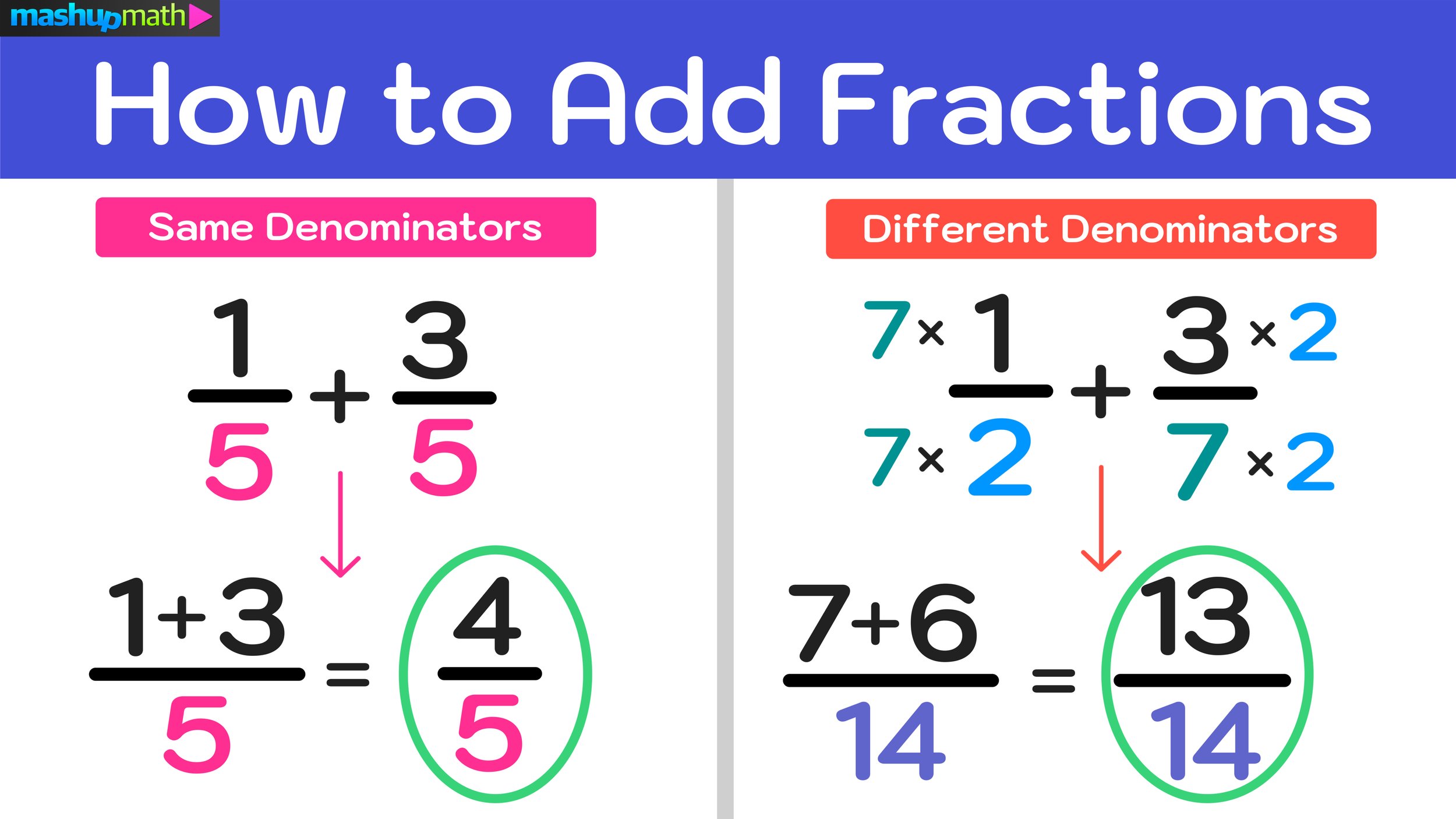What Is 0.025 As A Fraction

The seemingly simple question, "What is 0.025 as a fraction?" has recently sparked a surprising level of online interest, prompting explanations ranging from basic math tutorials to more nuanced discussions of mathematical representation. This surge in curiosity highlights the continued relevance of fundamental mathematical concepts in an increasingly digital world.
At its core, converting decimals to fractions is a basic arithmetic skill. This renewed interest underscores a persistent need for clear and accessible explanations of core math principles. Understanding how to represent numbers in different forms is crucial for various everyday applications, from calculating proportions to interpreting financial data.
So, what is 0.025 as a fraction? The answer is 1/40.
The process involves a few key steps. First, recognize that 0.025 represents twenty-five thousandths.
This can be written as 25/1000. The next step is simplification.
Both the numerator (25) and the denominator (1000) can be divided by 25.
Dividing 25 by 25 gives 1, and dividing 1000 by 25 gives 40. Therefore, 25/1000 simplifies to 1/40.
The Significance of Basic Math Skills
While the conversion of 0.025 to 1/40 might seem trivial, it reflects a broader need for strong foundational math skills. These skills are essential for navigating various aspects of modern life, from personal finance to understanding scientific data. Without a solid understanding of fractions and decimals, individuals may struggle with tasks such as budgeting, calculating discounts, or interpreting statistical reports.
The increased online searches for this specific conversion suggest that many people may lack confidence in their basic math abilities. This can lead to feelings of inadequacy and make it difficult to participate fully in society. Educators and policymakers are increasingly emphasizing the importance of early intervention and ongoing support to ensure that all students develop a strong foundation in mathematics.
Numerous studies have shown a strong correlation between math proficiency and economic success. Individuals with strong math skills are more likely to secure higher-paying jobs and manage their finances effectively. Investing in math education is, therefore, an investment in the future economic well-being of individuals and communities.
Why the Sudden Interest?
The reasons behind the recent surge in interest in converting 0.025 to a fraction are not entirely clear. However, several factors may contribute to this phenomenon. One possibility is that a specific online quiz or challenge may have prompted people to seek out the answer.
Another factor could be the increasing use of online calculators and conversion tools. While these tools can be helpful, they may also discourage people from developing a deep understanding of the underlying mathematical concepts. When people rely solely on calculators, they may forget the basic principles and processes involved in mathematical conversions.
Social media trends also play a significant role. A viral post or meme related to fractions or decimals could easily trigger a widespread search for information on this topic. The rapid dissemination of information on social media can amplify even seemingly insignificant topics.
Educational Implications
The ongoing interest in basic math conversions highlights the importance of effective math education. Educators should strive to make math relevant and engaging for students. This can be achieved by incorporating real-world examples and hands-on activities into the curriculum.
Furthermore, it's essential to address math anxiety and build students' confidence in their abilities. Many people develop a fear of math early in life, which can hinder their learning and prevent them from pursuing careers in STEM fields. Creating a supportive and encouraging learning environment can help students overcome these fears and develop a lifelong love of mathematics.
Online resources can also play a vital role in supplementing classroom instruction. There are numerous websites and apps that offer tutorials, practice problems, and interactive games to help students improve their math skills. These resources can be particularly helpful for students who struggle with certain concepts or who need extra practice outside of school.
The Role of Technology
Technology has a double-edged effect on math education. While online calculators and conversion tools can be convenient, they can also undermine the development of fundamental math skills. Educators must find a balance between using technology to enhance learning and ensuring that students develop a solid understanding of basic concepts.
Interactive simulations and virtual manipulatives can be powerful tools for helping students visualize and understand mathematical concepts. These tools can make math more concrete and engaging, especially for students who are visual learners. However, it's essential to use these tools strategically and to ensure that students understand the underlying mathematical principles.
Ultimately, the goal of math education should be to empower students to become confident and competent problem solvers. This requires a combination of effective teaching, engaging resources, and a supportive learning environment.
In conclusion, the question of what 0.025 is as a fraction (1/40) serves as a reminder of the importance of basic math skills in everyday life. This seemingly simple conversion underscores a persistent need for clear and accessible explanations of core math principles. By focusing on effective teaching methods and fostering a love of mathematics, educators can empower students to succeed in an increasingly complex and data-driven world.







![What Is 0.025 As A Fraction What is 0.025 as a Fraction [Solved]](https://ik.imagekit.io/brightchamps/math/math-questions/0.025-as-a-fraction.png)








![What Is 0.025 As A Fraction Write the decimal as a fraction. 0.32 = 2 [?] Simplify your answer](https://us-static.z-dn.net/files/d60/3336e0dab2aea017f429d142f6d1491a.jpg)

